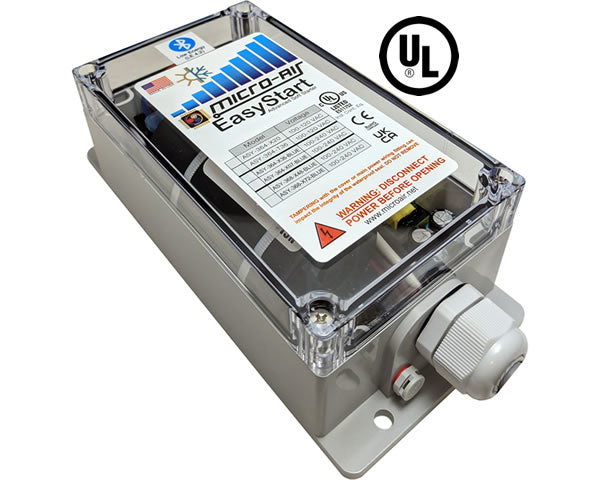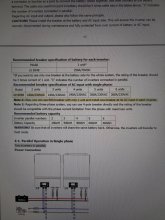I am building my new off grid system and will be using the MPP 6548 all in one with 16 -280ah battery back-up. Those two points don't really matter as much to me as does whether I should go with 110 or 220 (2) of the units to run the whole house.
So, first of all it appears that the input and output from the mains for these inverters are capable of 60 amps if I am reading the manual correctly.
Two questions will help me figure out the design of my system if someone can help here.
1. When in parallel will these split phase inverters allow for double (amp's for each phase) or are they shared amperage?
2. I only have two 220v appliances the rest is easy enough and figured on the 120v side. Can a high frequency split phase inverter handle the inrush and start an air conditioner? (mine is a 3 ton unit on a 20 circuit) or has anyone tested this? The other is an electric dryer. I have seen where some have managed the dryer as long as you have the capable amperage.
I have tested my sump pump motor and furnace (They work fine).
Thanks for any help on this!
Dan
So, first of all it appears that the input and output from the mains for these inverters are capable of 60 amps if I am reading the manual correctly.
Two questions will help me figure out the design of my system if someone can help here.
1. When in parallel will these split phase inverters allow for double (amp's for each phase) or are they shared amperage?
2. I only have two 220v appliances the rest is easy enough and figured on the 120v side. Can a high frequency split phase inverter handle the inrush and start an air conditioner? (mine is a 3 ton unit on a 20 circuit) or has anyone tested this? The other is an electric dryer. I have seen where some have managed the dryer as long as you have the capable amperage.
I have tested my sump pump motor and furnace (They work fine).
Thanks for any help on this!
Dan





